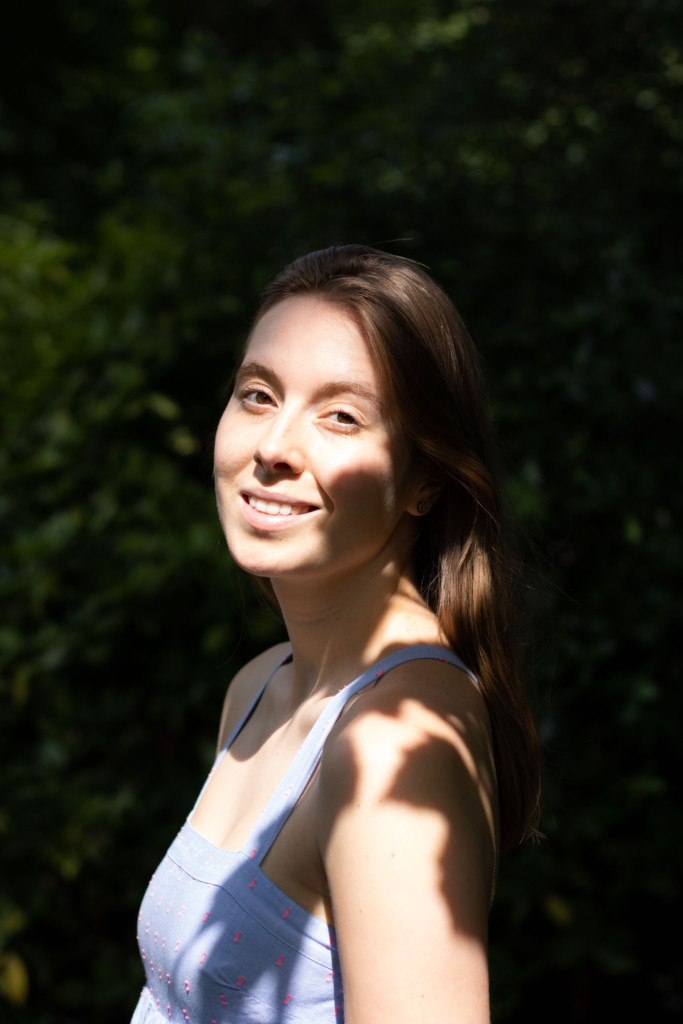Are narration and masking working effectively in your poetic work?
As a child, I had an obsession with carnival masks. One of my most vivid childhood memories is going on holiday to Venice and pestering my parents to take me to a traditional mask-maker that I’d read about in a guidebook. Seeing rows of masks of all kinds of styles and colours, they seemed so romantic and glamorous, representing the opportunity to find a new persona and try it on for size. This was perhaps quite a literal fascination with something that I already spent a lot of time doing, as I masked many aspects of my identity that weren’t deemed societally acceptable. I didn’t relate my interest in physical masks to my own more intangible masking but, looking back, it seems like an early sign of the directions my creativity would go in.
Every Poem Has A Hinterland…
Although the experience of masking aspects of oneself is not usually a positive one, for me, it has led to an understanding of the art of what is shown and what is hidden, which is essential to bear in mind as a writer. Although we often associate this with plot – as with foreshadowing, the hints that are given to the reader before a big reveal or plot twist – it is also an important consideration in poetry. Every poem has a hinterland, and many things that could be included in it but are not.
Editing a poem can be a bit like trying different masks on to see which one fits. As a writer, you know that hinterland of your poem – where it started, what inspired it, the line you really aren’t sure is working but you are keeping in for now, anyway. You try different masks on for the poem through different versions. If the poem bears something of your own story, you can dress it up, make it more distant, if you desire. You can let the mask slip a little, and reveal just as much as you want.
Cindy?
Edwin Morgan also wrote about how masks can be used in poetry to explore different identities and hint at things to some readers and not others. Morgan used persona poetry, such as when he wrote from the perspective of the famous French singer Edith Piaf, to write in sexual and romantic ways about men, which would have been far more censured if written from a male perspective.
This kind of masking in poetry reminds me of a scene from one of my favourite cheesy teen movies called A Cinderella Story. In this modern adaptation of the fairytale, the Cinderella character, played by Hilary Duff, goes to a masquerade ball where her mask only covers a small portion of her face. It’s so obviously her! Yet the prince (or high school jock in this case) doesn’t recognise her. Perhaps this is how many queer readers felt about Morgan’s poetry. I’m sure there are many poems I read now where I pick up on certain masked meanings that others might not, and many others where I can’t see underneath the mask at all – but others will.
Unreliable Narration
In my own poetry, I explore masking as a theme and a topic, while increasingly thinking about it in relation to form and how this can echo and hint at what is being masked. Poetry is one of those forms where, so often, the narration is assumed to be the same as that of the writer, yet, even when this is the case, we may be wearing different masks – knowingly or unknowingly – and are always already unreliable narrators, even of the self.
My upcoming course with the Poetry School digs into this idea of unreliable narration, thinking about all the many, many kinds of masks that can be employed in poetry.

Elspeth Wilson is a writer and poet who is interested in exploring the limitations and possibilities of the body through writing, as well as writing about joy and happiness from a marginalised perspective. Her debut poetry pamphlet, Too Hot to Sleep, is published by Written Off Publishing and was shortlisted for the Saltire Society’s 2023 Poetry Book of the Year Award. Her debut novel, These Mortal Bodies, is forthcoming with Simon and Schuster in 2025. She can usually be found in or near the sea.

Add your Reply
You must be logged in to post a comment.